Roofing underlayment is a sheet of water-resistant material that attaches to the roof deck and sits underneath the top roofing layer. If your commercial property uses shingles or metal roofing, underlayment is a necessary component that prevents leaks, trapped moisture, damage from harsh weather, and temperature fluctuations. Without underlayment, your business and company assets may be vulnerable to wind, water, and chemical damage. Next time you consult your trusted commercial roofing company, inquire about the following three types of underlayment suitable for shingle and metal commercial roofing.
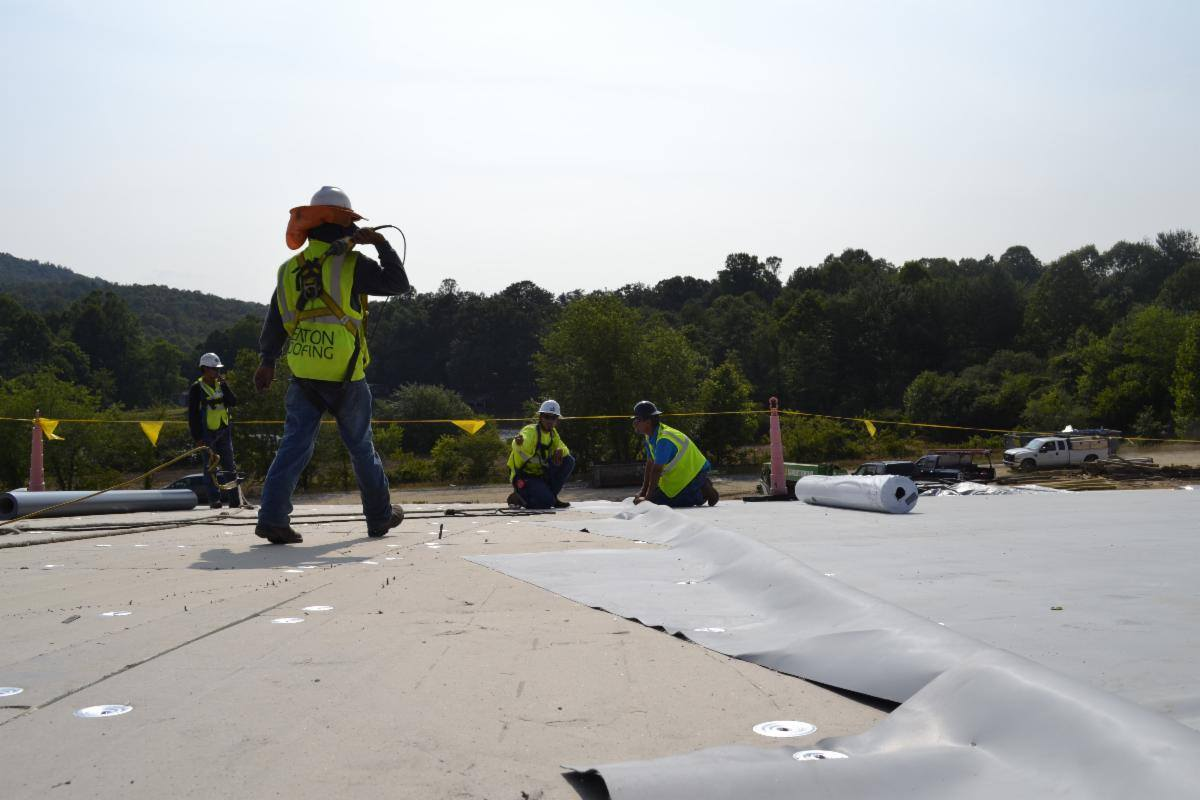
Felt Underlayment
Also called asphalt felt or tar paper, felt underlayment has long been the industry standard. As such, you can find it for cheap in almost any home improvement store or anywhere online. It is made from natural fibers, wood cellulose, polyester, or fiberglass soaked in asphalt. Thanks to the asphalt, felt underlayment is water-resistant though not perfectly waterproof, making it a good choice for commercial properties in drier climates but not for those who see significant rainfall or weather events. The flip side is its superior permeability, allowing water in-between the building and the underlayment to evaporate quickly.
Unfortunately, felt underlayment only lasts 15 to 20 years. However, this may be plenty of time for certain kinds of shingle roofs. Generally, you want the underlayment to match the lifespan of the roofing. Another potential disadvantage is that it doesn't do well in higher temperatures. Because asphalt felt is a petroleum oil-based material, high heat and UV exposure may cause cracks, melting, bubbling, and wrinkling, or may even pose a fire hazard despite the fire-resistant additives it contains.
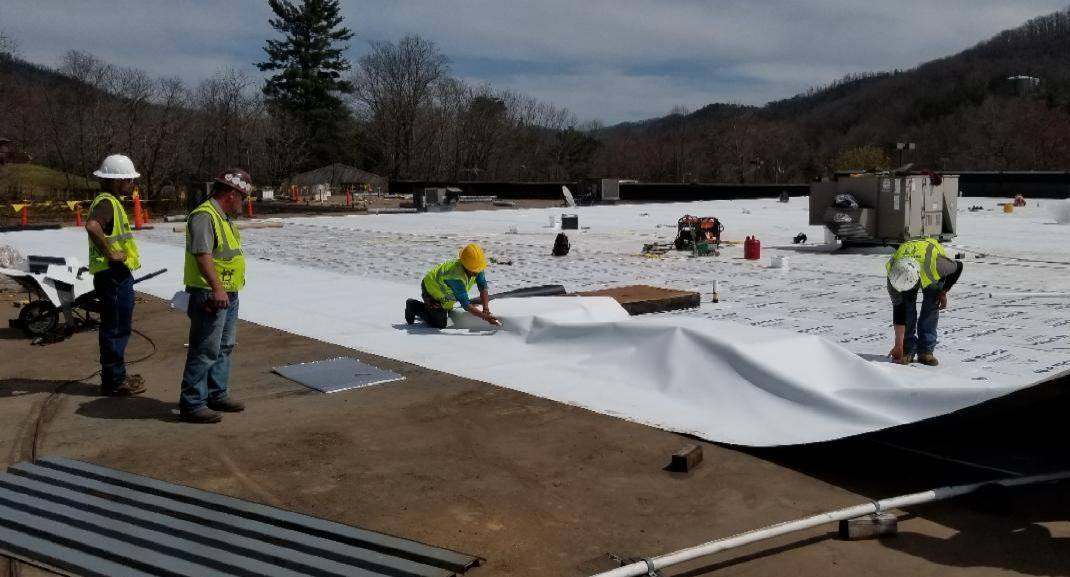
Synthetic Underlayment
Synthetic underlayment, made of polymer, polypropylene, and polyethylene, is slowly becoming more popular for metal roofing due to its longevity, durability and temperature resistance. It can last as long as 40 years, similar to the average lifespan of metal roofing at 40 to 70 years. Plus, its polymer compound makes it much less likely to tear during installation. It stands up well against extremely high temperatures, which is ideal if your property is located closer to the equator, and also absorbs less heat, significantly relieving your HVAC systems as they strain to keep the building cool. Plus, it is a great eco-friendly option since its components are recyclable.
The downside to synthetic underlayment is that it tends to be more expensive than felt underlayment. It is also less breathable than felt. Although it does a great job at keeping water on the outside, any moisture coming from within the building will be hard-pressed to escape.
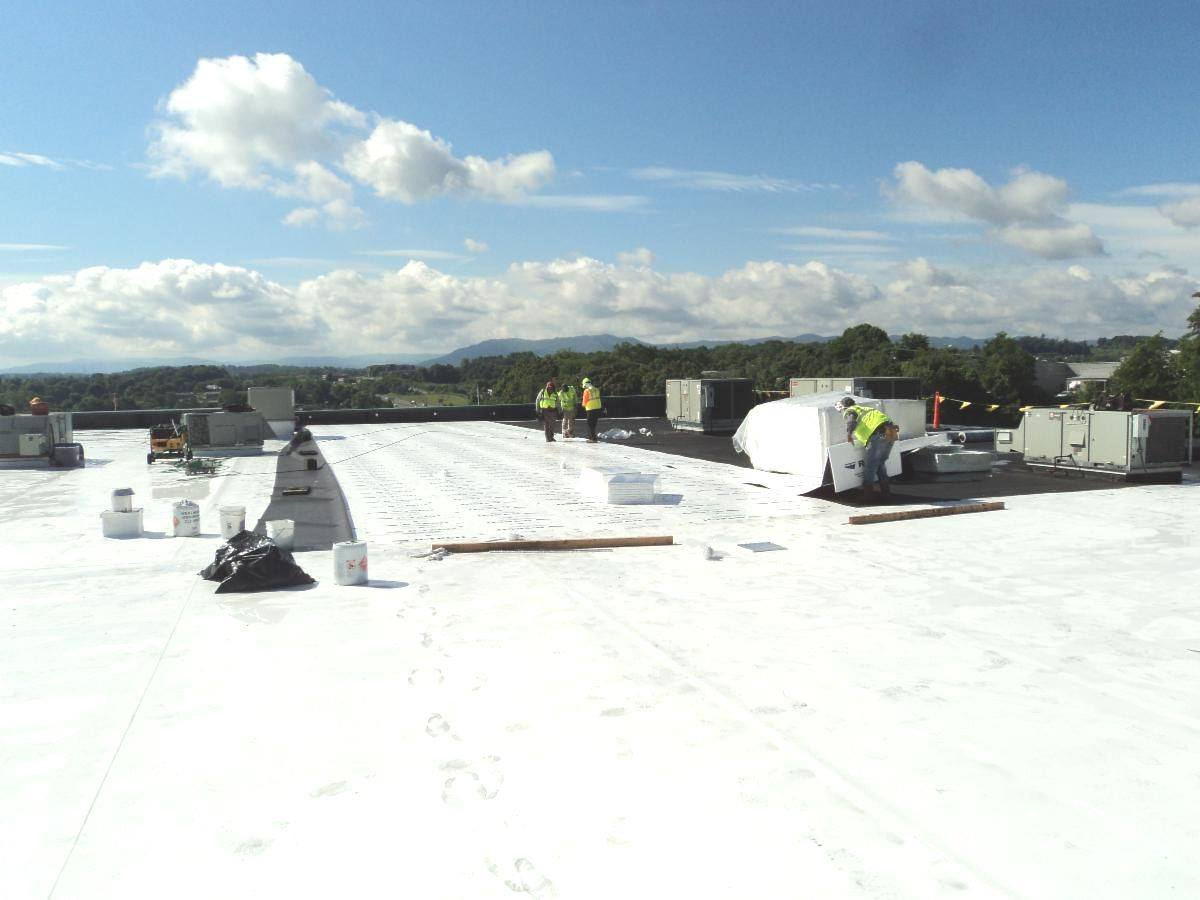
Self-Adhering Membrane
Self-adhering membranes consist of a polyethylene sheet and asphalt mixed with natural or synthetic rubber. As its name suggests, it is installed by manually peeling and sticking it onto the roofing deck rather than stapling or nailing it down, which means there will be fewer holes and tears where water can seep through. Not only is it superior in heat resistance, capable of reaching up to 240 degrees Fahrenheit, but it also helps prevent ice dams around any special roofing features, such as roof eaves, valleys, dormers, and rising walls. Because it sticks directly to the roof, the self-adhering membrane is practically impermeable to both water and air.
The drawback to a self-adhering membrane is that it doesn't generally hold up as well in cold weather, despite its resistance to ice. It also may peel if installed improperly, and insurance companies won't cover it if this is the case.
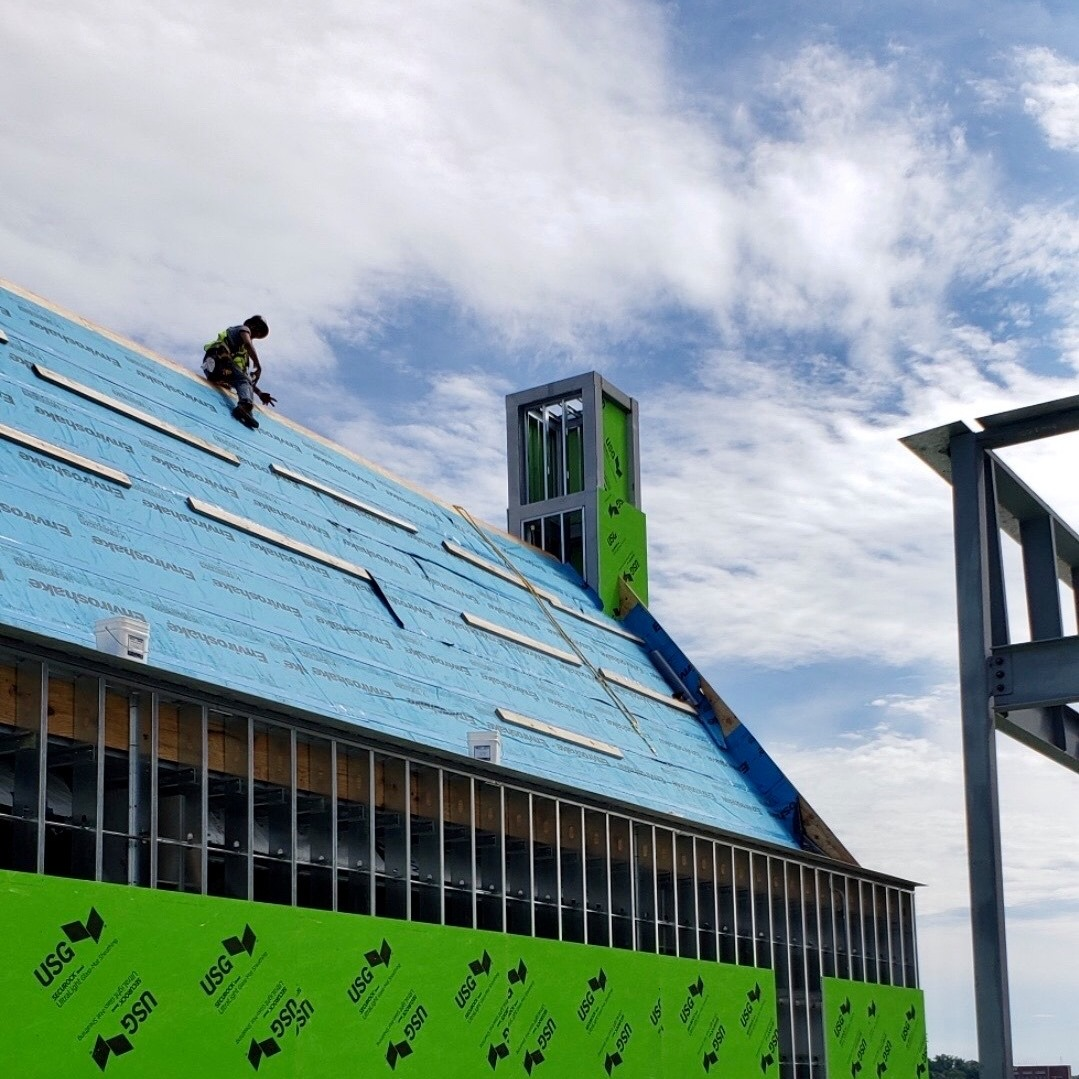
In Conclusion: Which Is Best?
No single option is going to be the best of all. Felt underlayment is best for cooler, drier climates and smaller budgets, while synthetic underlayment does well in hot, wet climates but may be too expensive. Self-adhering membranes come at an average price and are much easier to install but won't serve a colder climate quite as well as felt.
Climate, degree of water exposure, roofing longevity, and cost are all crucial factors to consider, and your decision ultimately depends on what your commercial property needs in particular. Don't hesitate to get in contact with your local commercial roofing company for more individualized advice and to ensure that your business will be protected no matter which elements your roofing is up against.

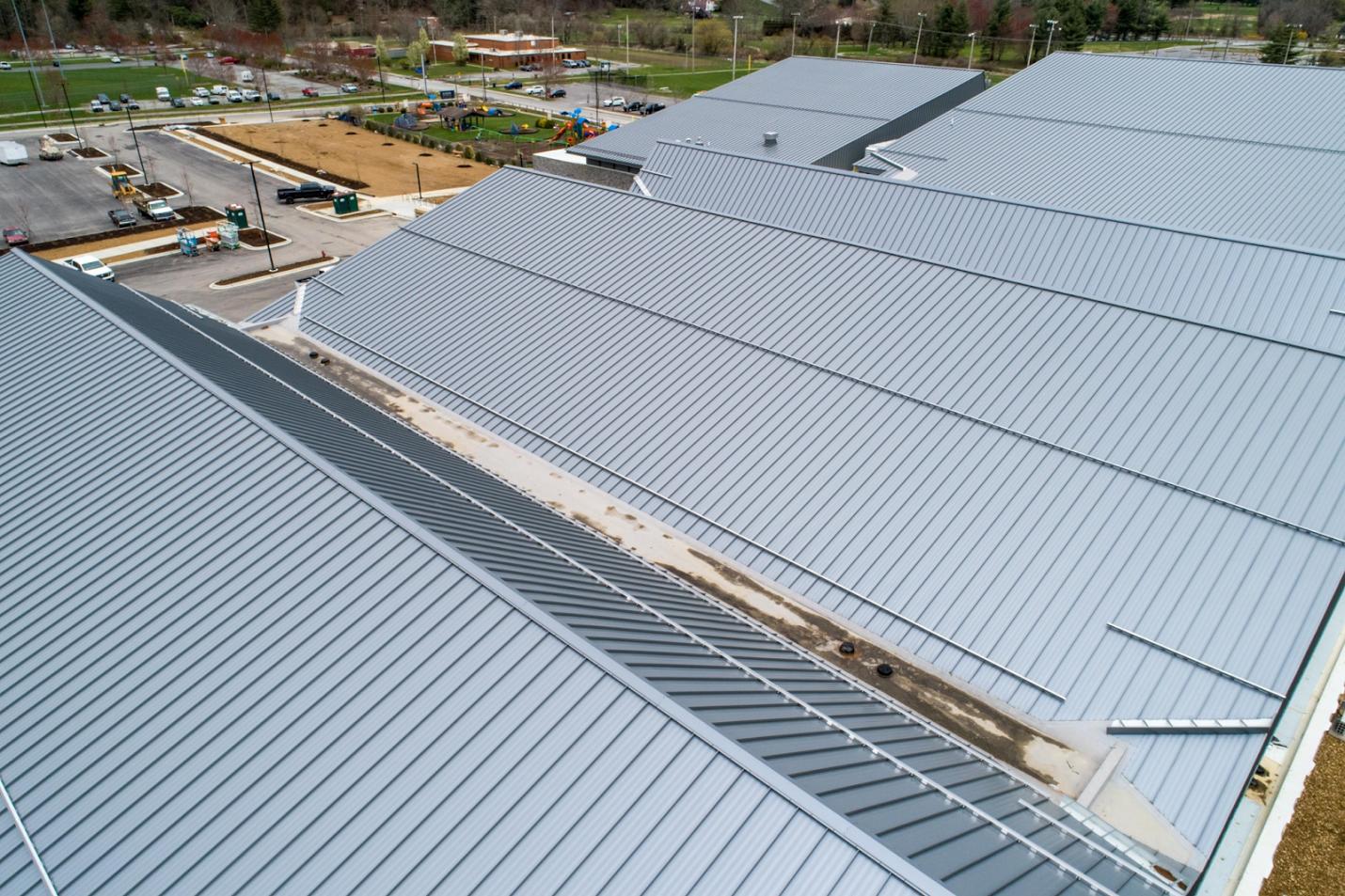











No Comments